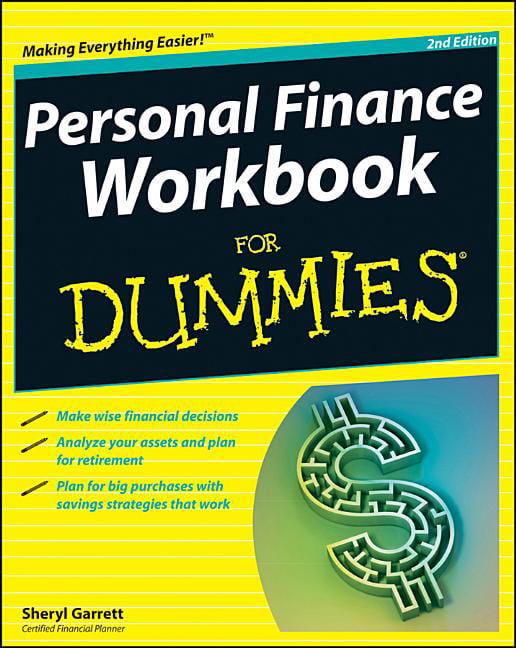

And it’s all in simple language that’s suitable for children between 4 and 9 years old. It covers the value of hard work, cooperation, budgeting, saving, and comparison shopping. This story offers a wealth of money lessons for young readers. Starting over in a new apartment, the family saves coins in a jar to buy a comfortable chair for the young girl’s hard-working waitress mother. Williams’s “ A Chair for My Mother” is a touching tale about a multi-generational family that has lost their home in a house fire. A study guide for the book targets third- and fourth-grade classes.īest for Saving: “A Chair for My Mother” by Vera B. The ideal age is probably 8 to 10 years old. But the story and the lesson it teaches have value for older ones, too. Written in verse, with colorful illustrations by Barry Gott, this book will appeal to young children. One twin can’t resist spending his earnings, while the other ends up with a tidy $512 in savings. For 10 weeks, he’ll pay them $1 each to mow his lawn and wash his car - and he’ll match what they save out of that. Twins Rock and Brock get a great offer from their grandfather. Reviewers across the board - parents, educators, and teachers - love Sheila Bair’s “ Rock, Brock, and the Savings Shock.” Bair, a former chair of the Federal Reserve, uses a relatable story to illustrate the benefits of saving and the power of compound interest. The volumes on this list are the best books we’ve found to provide the basics of a financial education in a kid-friendly way.īest Overall: “Rock, Brock, and the Savings Shock” by Sheila Bair Books for the youngest readers - ages 3 to 5 - focus on simple money lessons, while those for older kids deal with more sophisticated ideas. Other money books for children teach lessons about saving, banking, giving, and even starting a business. For instance, our pick for the top kids’ money book, “Rock, Brock, and the Savings Shock,” uses a tale of two brothers to show kids how - and why - to save money. Most children’s books about money illustrate financial ideas through stories kids can relate to. By reading these books aloud to young children, or discussing them with older kids, you can start a conversation about money on their level.

There are lots of children’s books that introduce basic financial ideas in terms kids can understand. But how do you explain these concepts to a 5-year-old?Ī good book can help.
FINANCES 101 BOOK FOR 19 YEAR OLD HOW TO
You want your kids to know the basics of personal finance, like how to stick to a budget, use a bank, and save for long-term goals. One of the trickiest jobs for parents is figuring out how to teach kids about money.


 0 kommentar(er)
0 kommentar(er)
